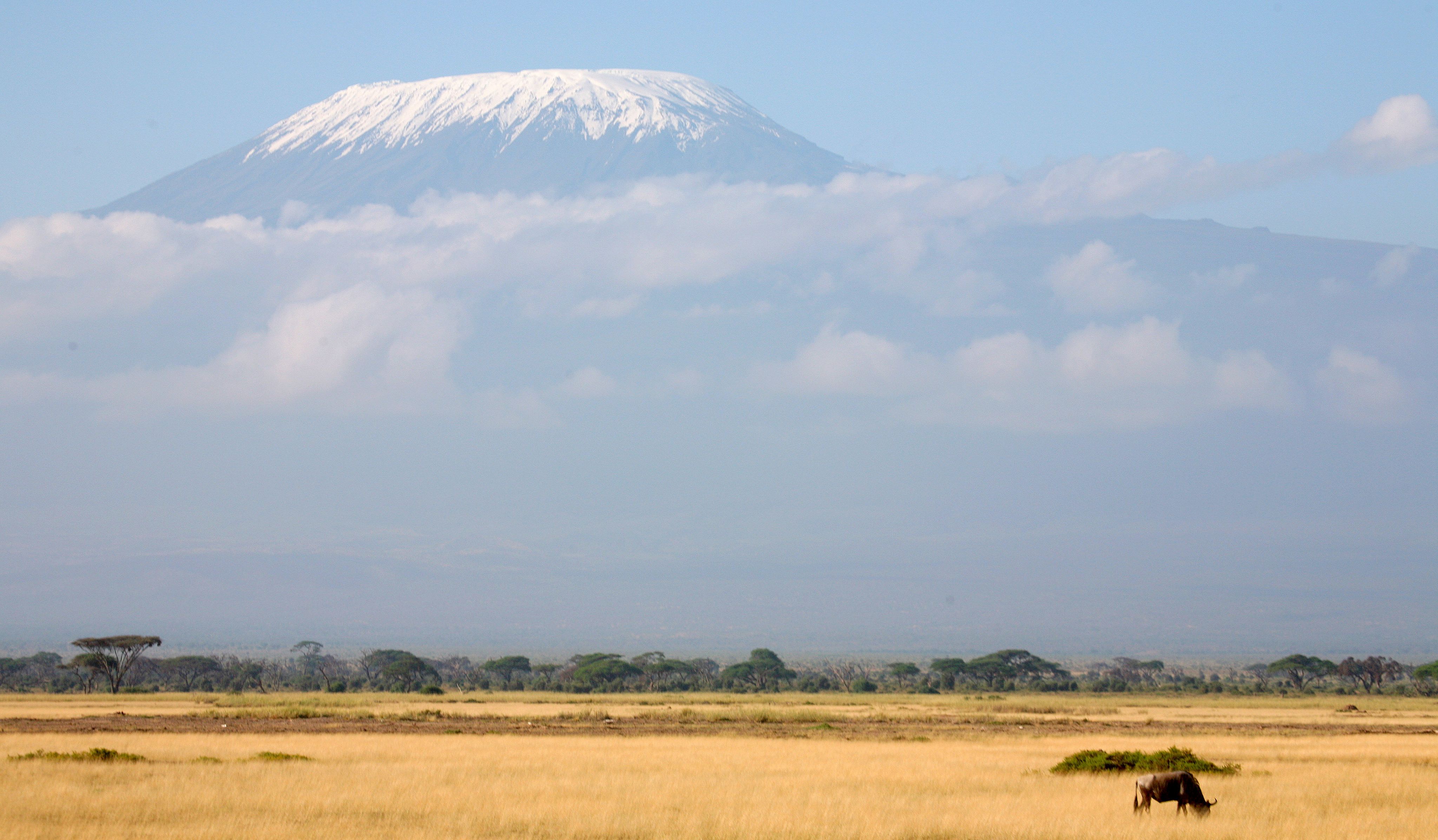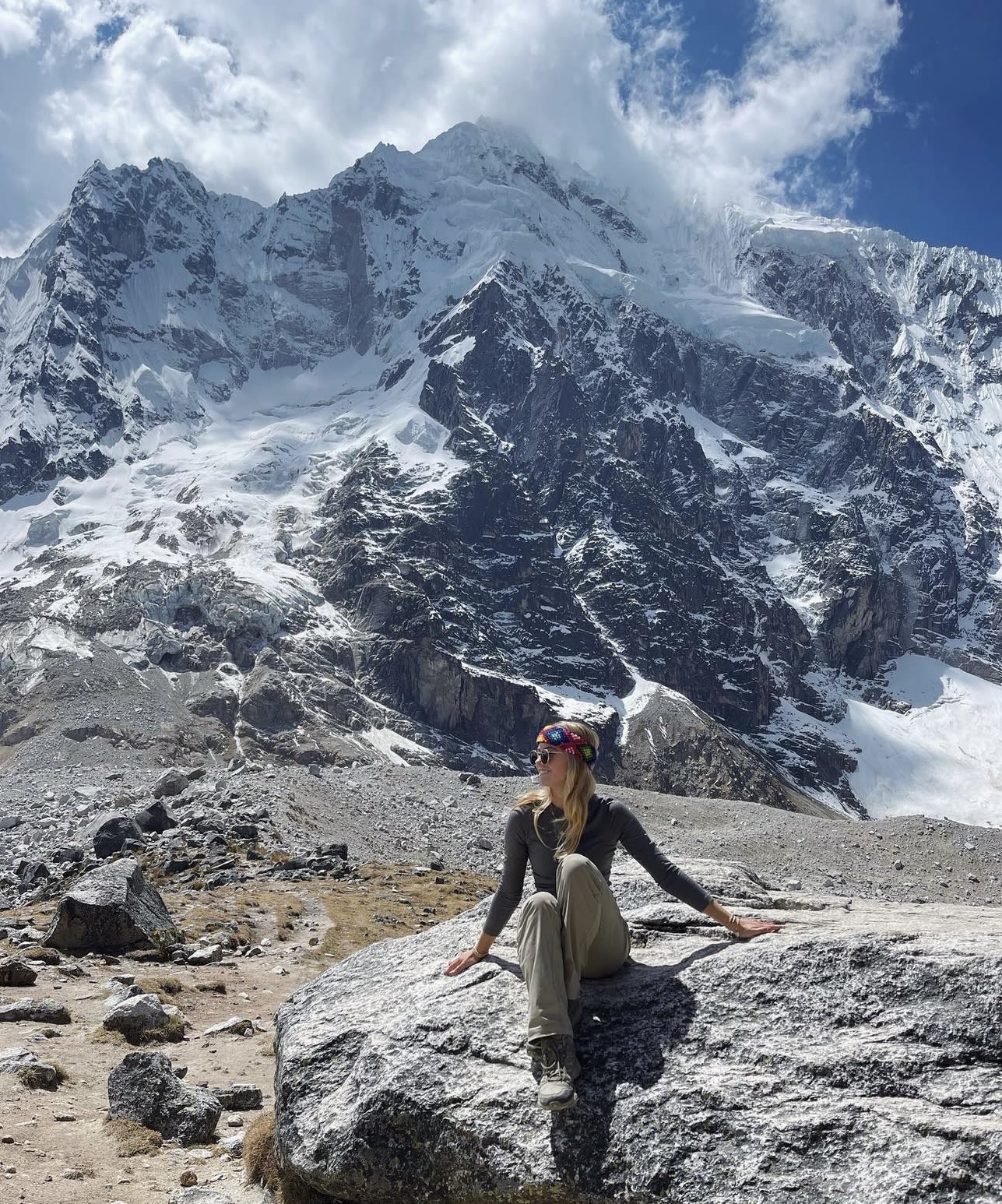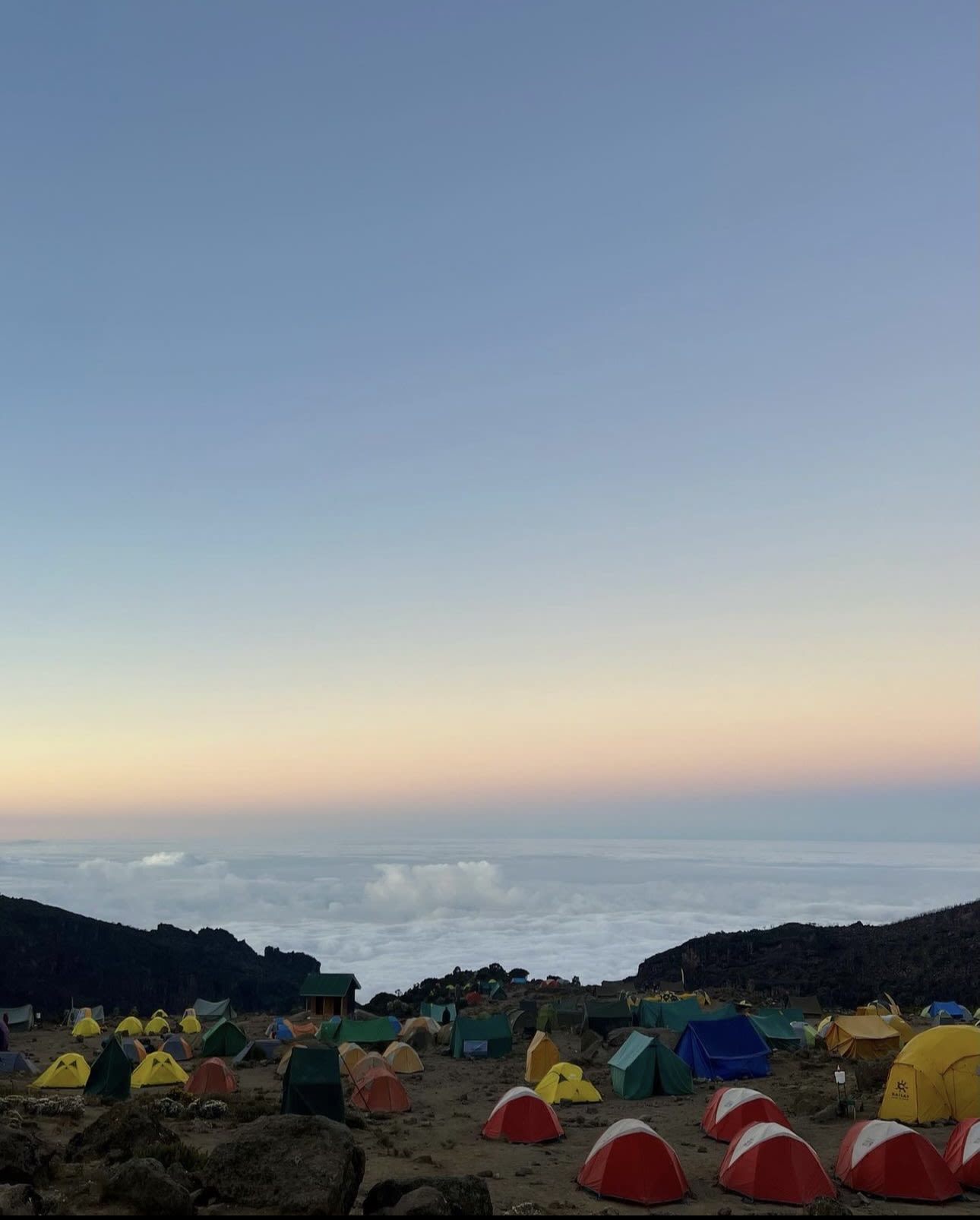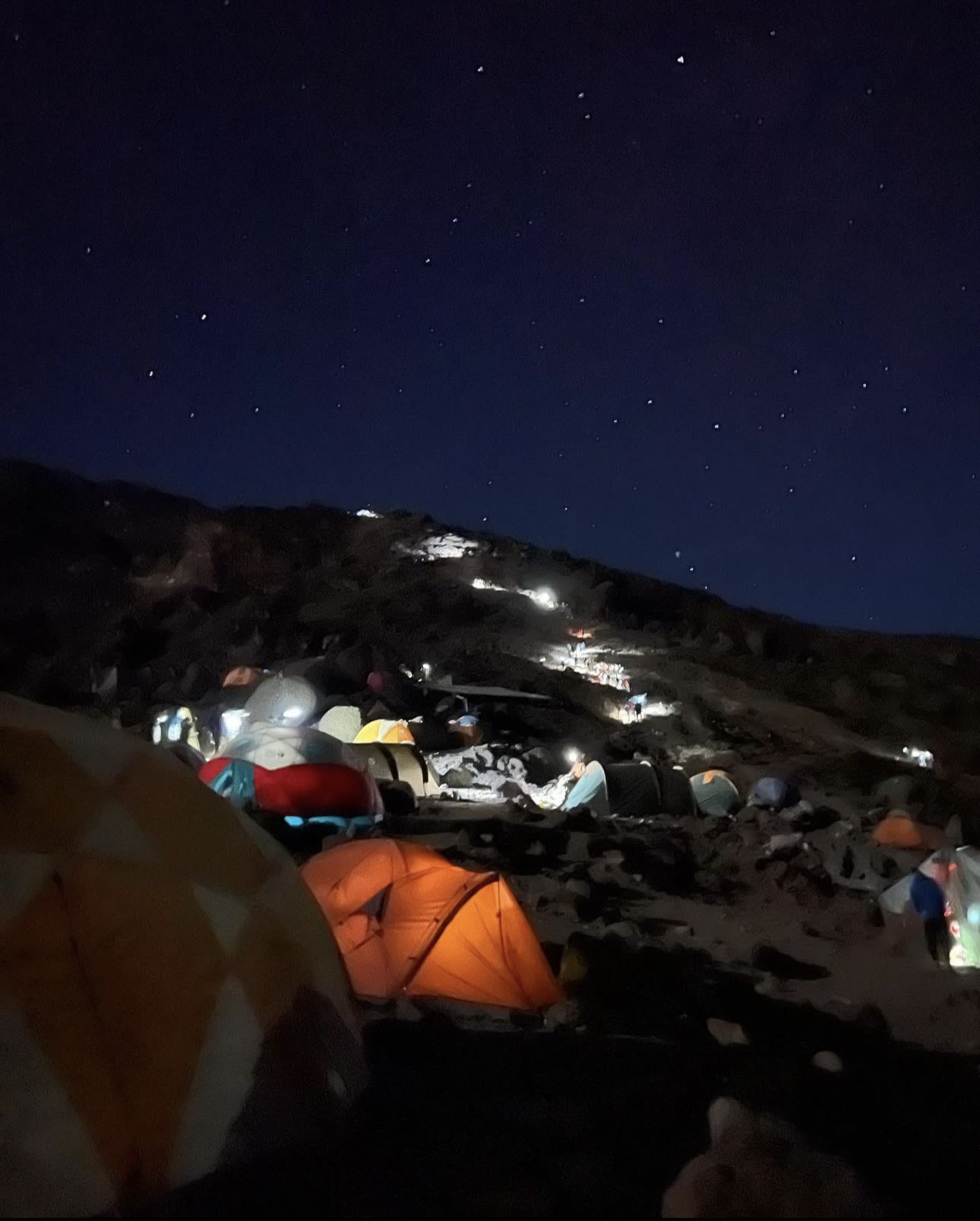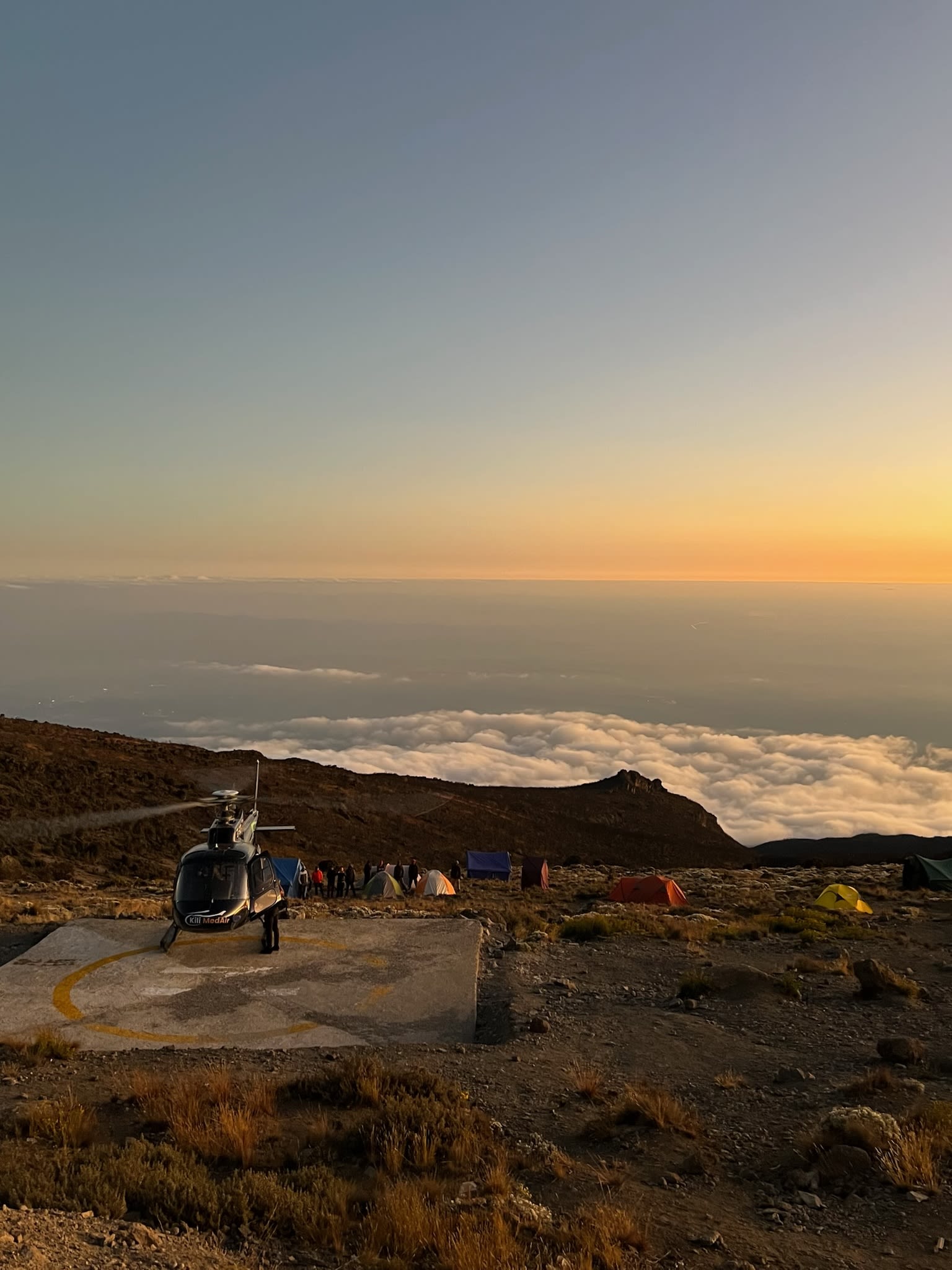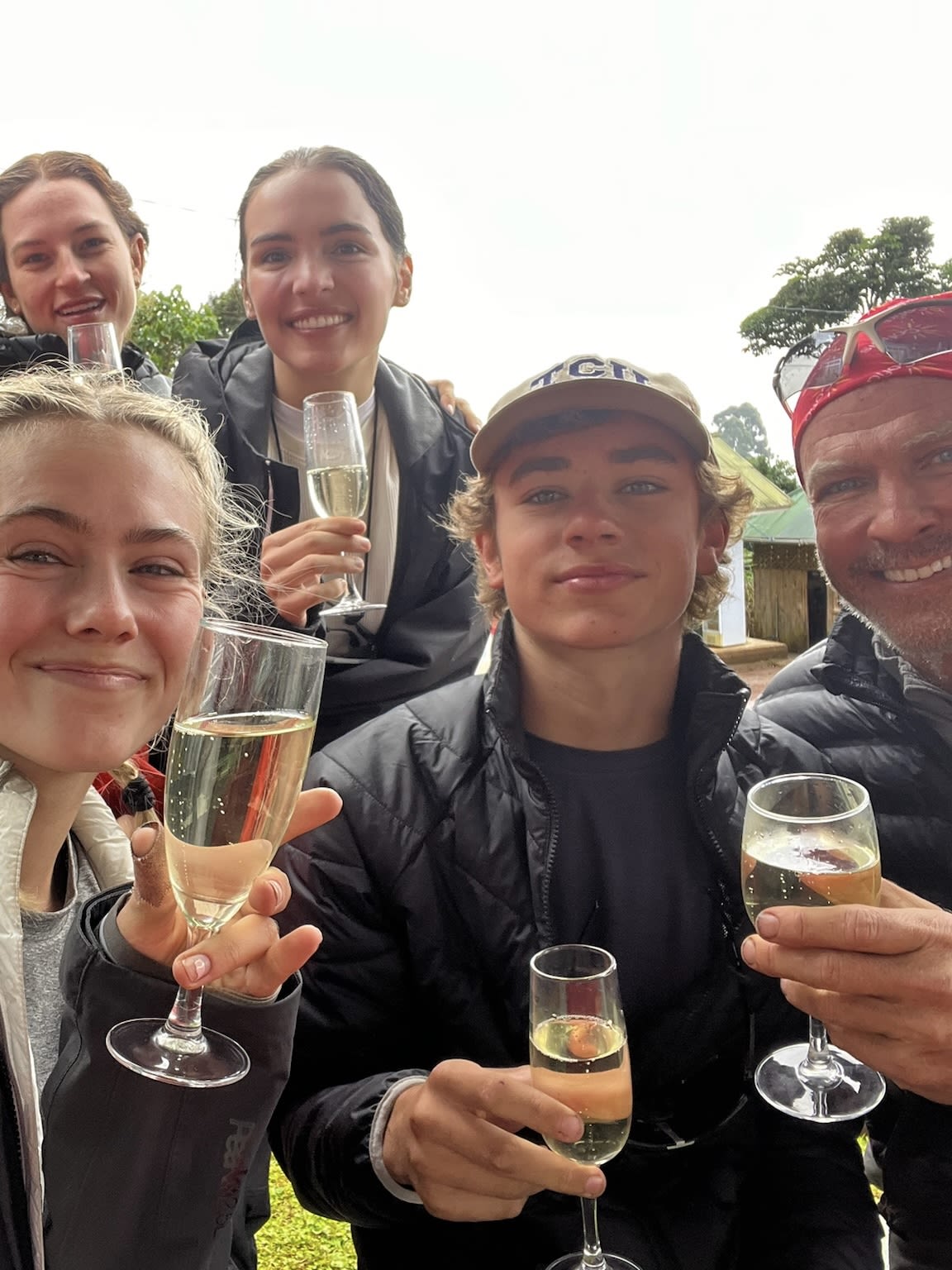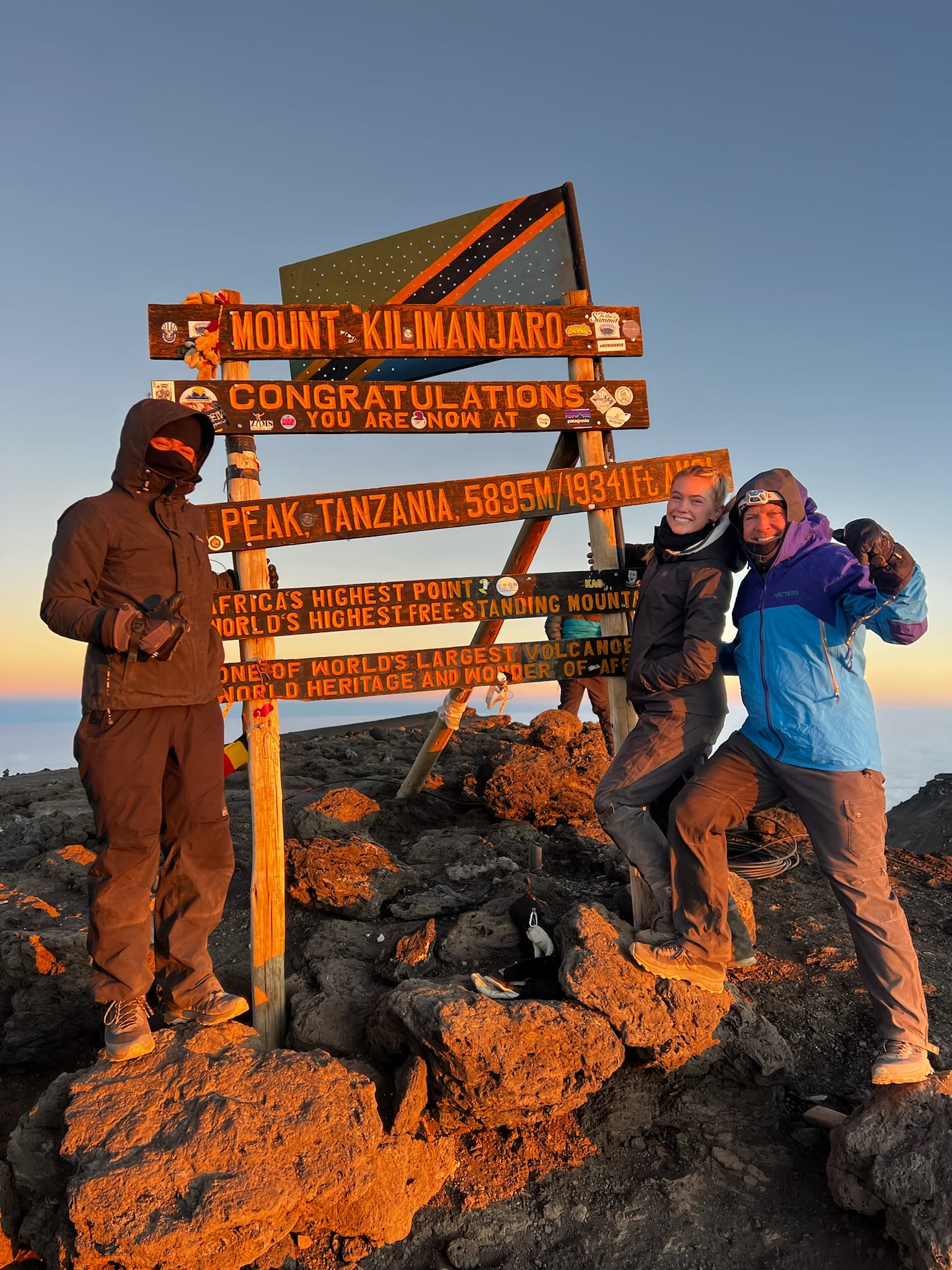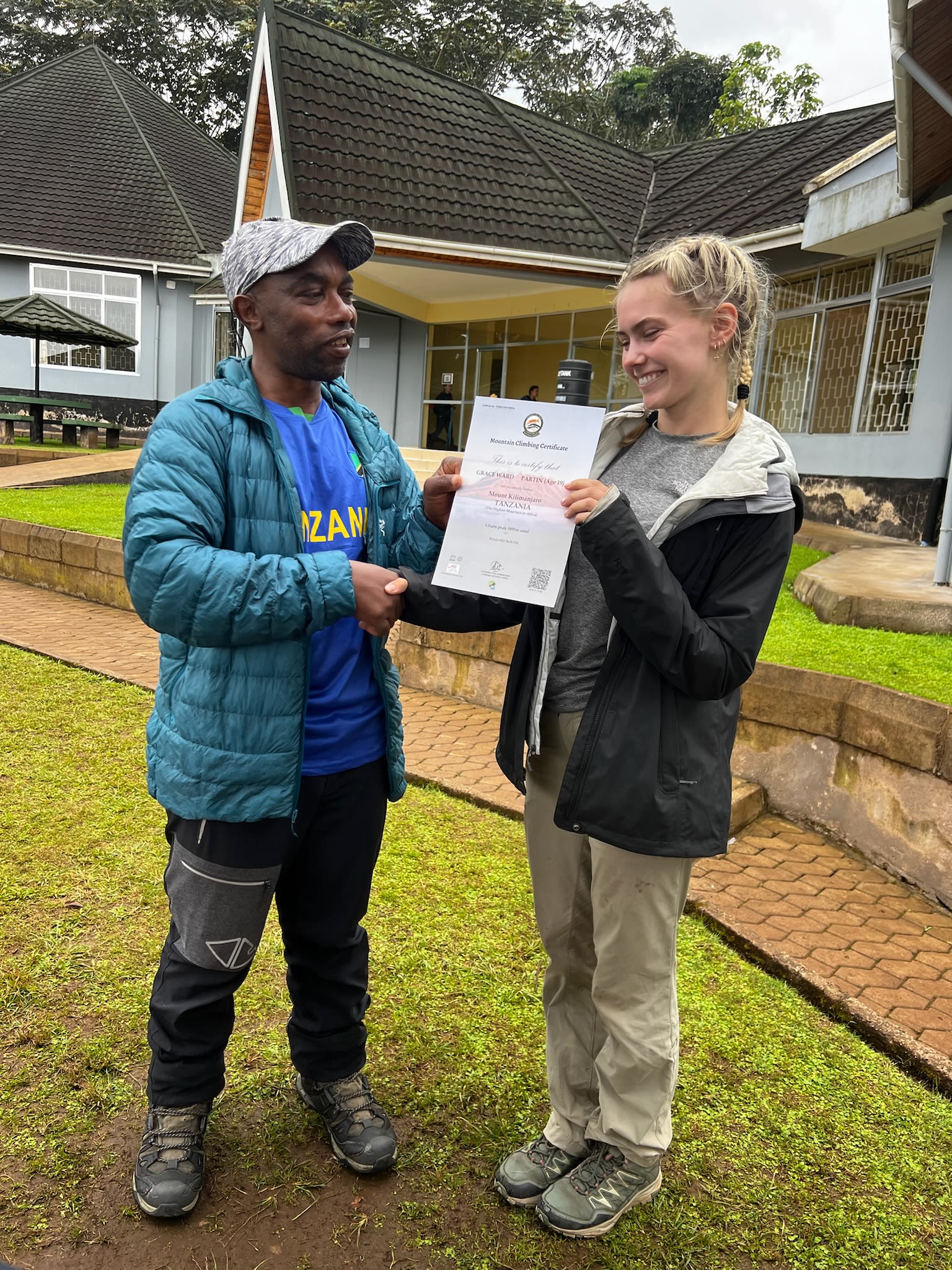The Metaphor of
Mount Kilimanjaro
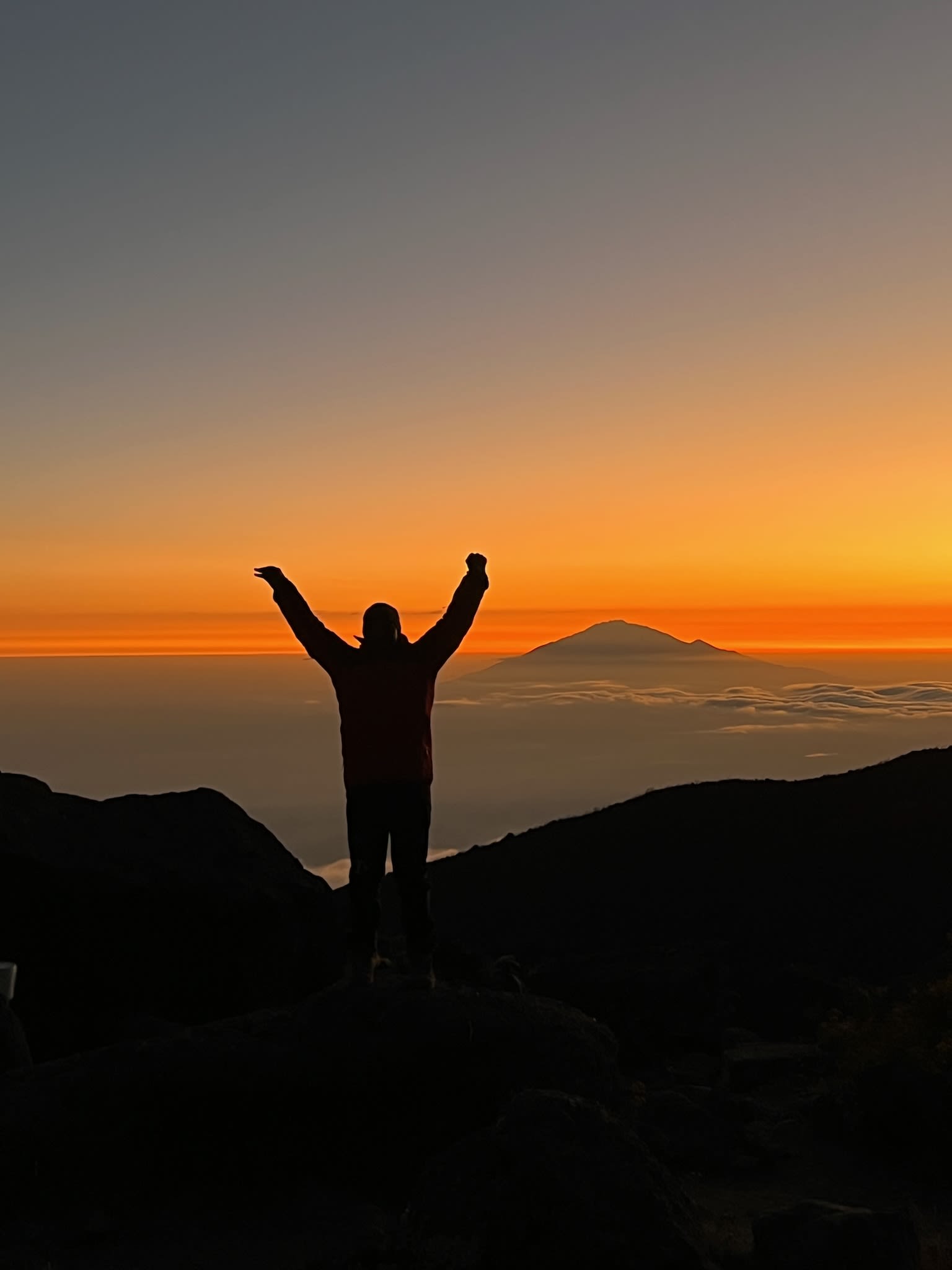
It's the highest freestanding mountain in the world.
It's the highest mountain in Africa.
It takes four to nine days to climb.
For Mark Partin, Mount Kilimanjaro was a metaphor.
He climbed the inactive volcano when he was 21. It took him four days.
When his children complained they couldn’t do something, he scolded them, spurring them on.
Mount Kilimanjaro rises above the clouds as a Wildebeest graze in the Amboseli national park 250 km south of Nairobi, Kenya, Saturday April 14, 2007 (AP Photo/Odd Andersen)
Mount Kilimanjaro rises above the clouds as a Wildebeest graze in the Amboseli national park 250 km south of Nairobi, Kenya, Saturday April 14, 2007 (AP Photo/Odd Andersen)
Grace in Cusco, Peru hiking the Salkantay Trail in 2021.
Grace in Cusco, Peru hiking the Salkantay Trail in 2021.
Grace in Cusco, Peru hiking the Salkantay Trail in 2021.
Grace in Cusco, Peru hiking the Salkantay Trail in 2021.
Grace in Cusco, Peru hiking the Salkantay Trail in 2021.
Grace in Cusco, Peru hiking the Salkantay Trail in 2021.
In the spring of 2023, he decided it was time for the metaphor to become reality for his children: Grace, now a junior fashion merchandising major at TCU and her younger brother Luke.
Come July, they were going to climb Mount Kilimanjaro.
Grace hadn’t seen this coming.
“I think I was in denial for most of the process,” Grace said. “I knew this was happening but I had no idea what it would be like.
“We’ve hiked Mount Whitney, we did two weeks on the Salkantay Trail, Machu Picchu and the John Muir Trail,” she said. “But I knew in my head that this is the tallest free-standing mountain in the world so that had to mean something.”
She didn’t do anything special to prepare — other than stay in shape and hope for the best. It helped that working out is her favorite part of the day.
19,341 feet to the top
The night before they started the hike, Grace was anxious.
She was losing her cell service. For the next twelve days, there would be no Instagram posts, conversations with her mother or texting with friends.
She was in a whole new country, on a whole new continent, meeting the man who would guide her up a mountain.
The next morning, Grace stood at the foot of the foot of the mountain with a backpack, her brother, and her father.
Grace was about to be one of the 30,000 climbers and 80,000 porters that climb mount Kilimanjaro annually.
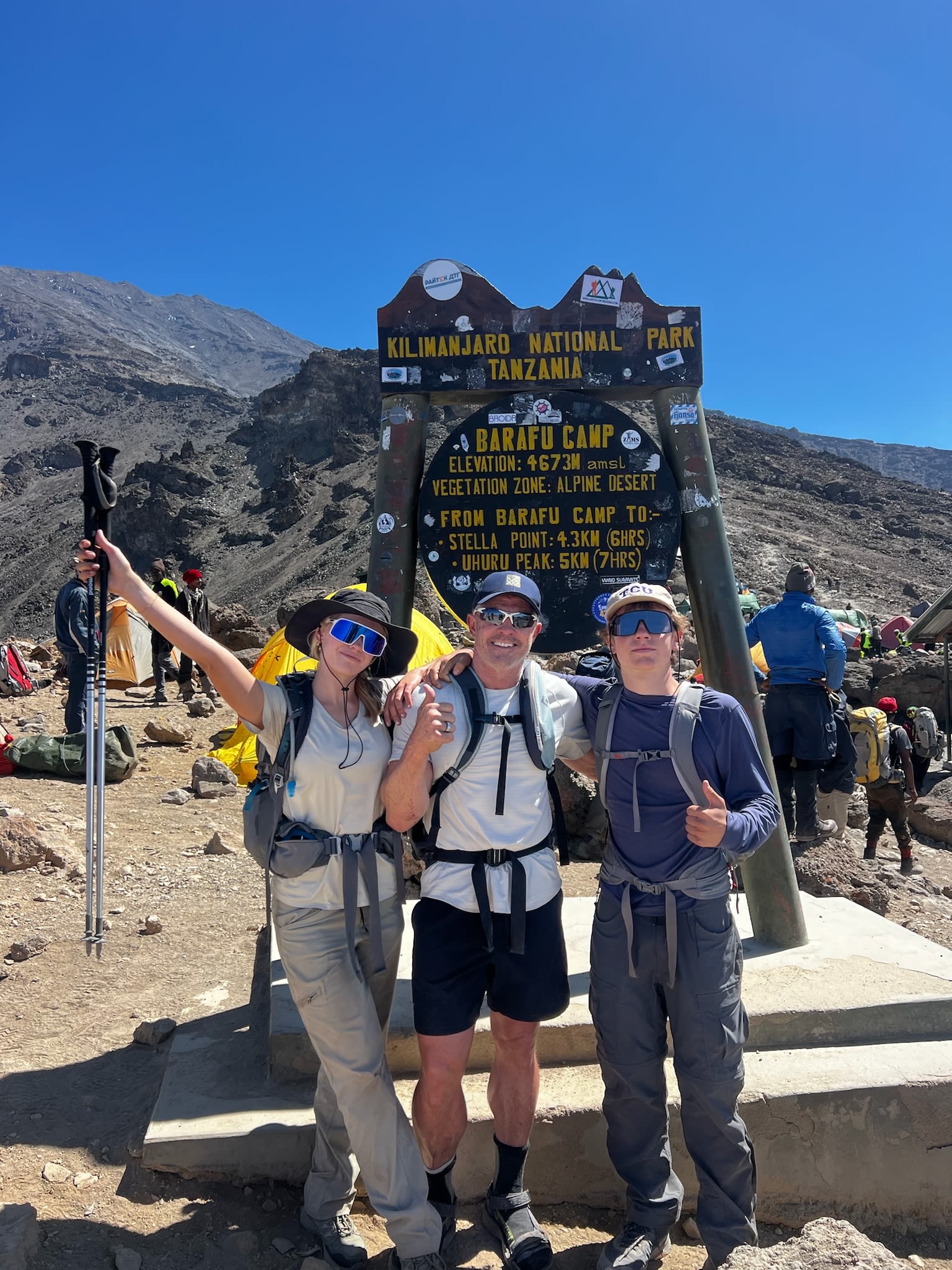
Days 1-3
Each day they were given a mission: make it to the next base camp.
As the climbers get higher, the terrain changes, the altitude increases and the air gets thinner.
In the first three days, they climbed about 7,000 feet.
It is a tropical rainforest, everything is lush.
Monkeys peek out of the trees and the birds chirp; it's sunny and things feel easy.
“It almost feels like you’re still in a local park," Grace said. "The sun is shining, you can’t see the peak yet, you're in a forest getting to know other people around you, the energy is high and the morale is high.”
“And then day four hit, and that was my test.”
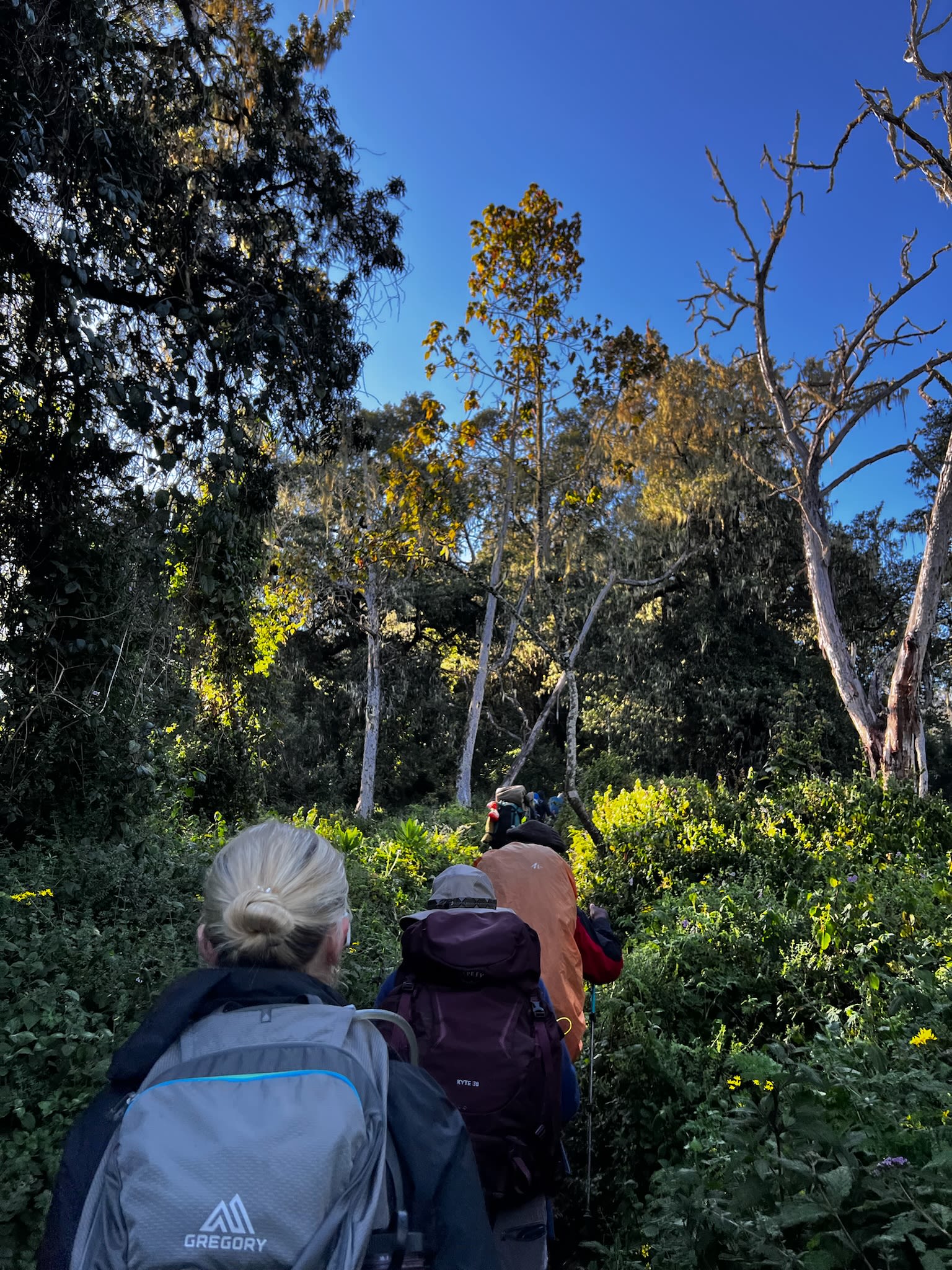
Day Four
This was the day Grace faced the metaphor.
The highest she had ever climbed was 15,200 feet on the Salkantay trail. They would surpass that today.
“My mind is so powerful, and I knew that that day I would be getting higher than I have ever been,” she said. “And it’s only going to get harder from here, and that’s the hardest part, it's eight days of getting harder and harder.”
She started to doubt.
“I totally went through a downward spiral of like, oh my God I can’t actually do this," she said. "I am going to have to be the one that turns around...
...I’m not gonna get that photo at the top.”
She had focused on the physical aspects of the ascent, but now it became mental.
“In the middle of the hike I went off the trail and I literally, totally, went through that in my head," Grace said. "It could have been a bit of altitude sickness, but I really think my mind was just that powerful. I looked at my Dad and I started crying, I told him I can’t do this and he said 'yes, you can,' but then he dropped that and just let me think. That’s when I realized I needed to decide for myself if I can do this.”
She persevered. She found a spot in her head that canceled out the noise. It told her she was going to be okay.
“The next few hours we took it really, really slow," she said. "I stayed hydrated and went 4,000 more feet that day.”
The Mental Challenge
“This will probably be the physically hardest thing I ever do, and I still think that the mental part is harder, no doubt about it. On the fourth day I didn’t know if I was experiencing altitude sickness or if I was just hitting a wall. I started beating myself up for it. Am I weak? Can I actually not do this, or is this my mind telling me I can't? I think your mind is the most powerful thing in the world, and it all came back to what my Dad was trying to teach me and why he had me do this. He wanted me to show myself and show my mind that I can.”
- Grace Partin
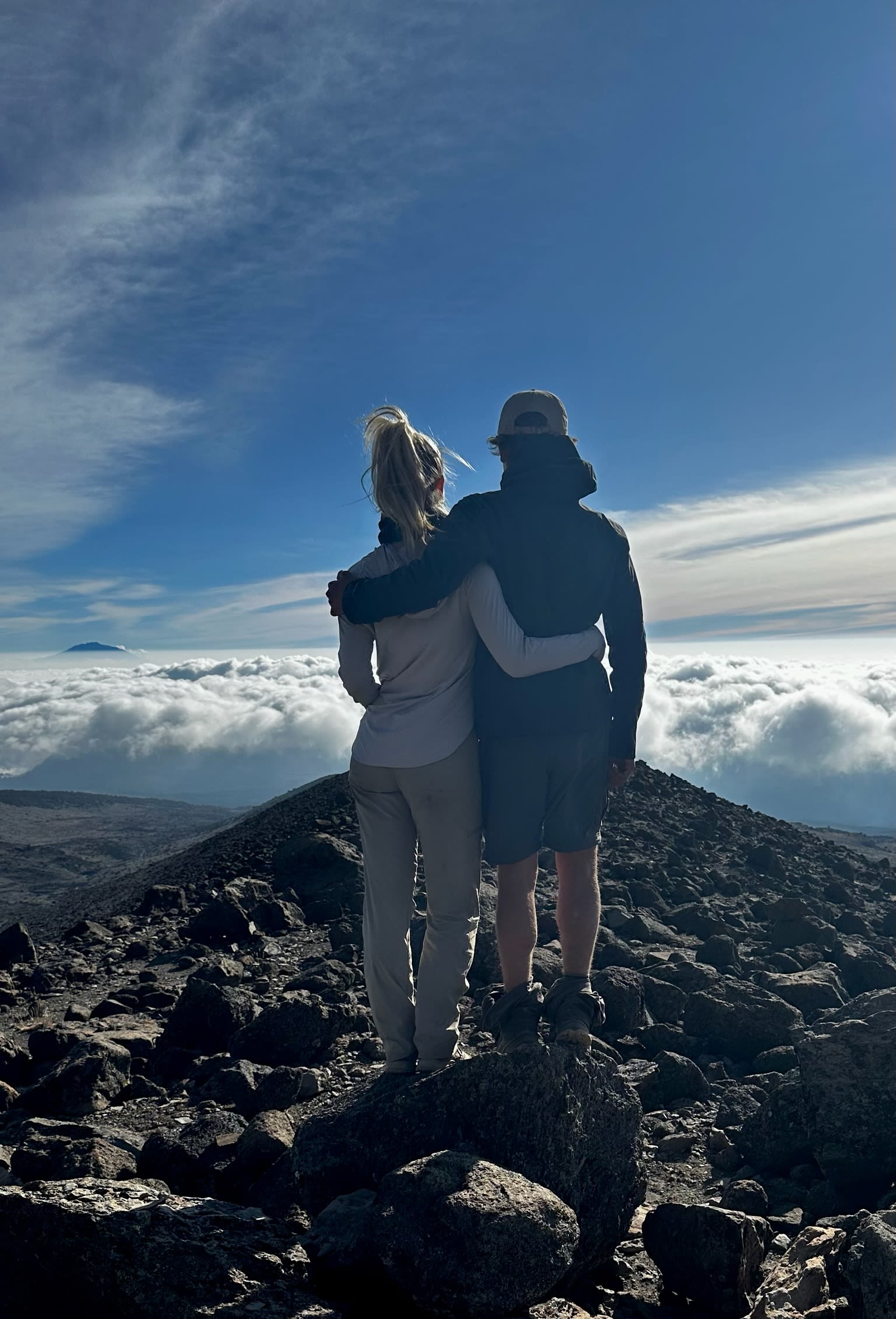
Days 5-7
The next three days things felt different.
It is more rocky.
Everything is sandy gravel.
There are no trees.
It is gloomy and cold.
But the peak of Kilimanjaro looms.
The end goal is in sight. Close, but it still feels so unachievable.
There’s exhaustion and uncomfortable feelings.
“On the sixth day you start to remember how much personal hygiene you practice," Grace said "Your face is covered in black dirt, the wind is blowing sand in every direction, your nails are disgusting, your body is gross, and you don’t shave or shower.”
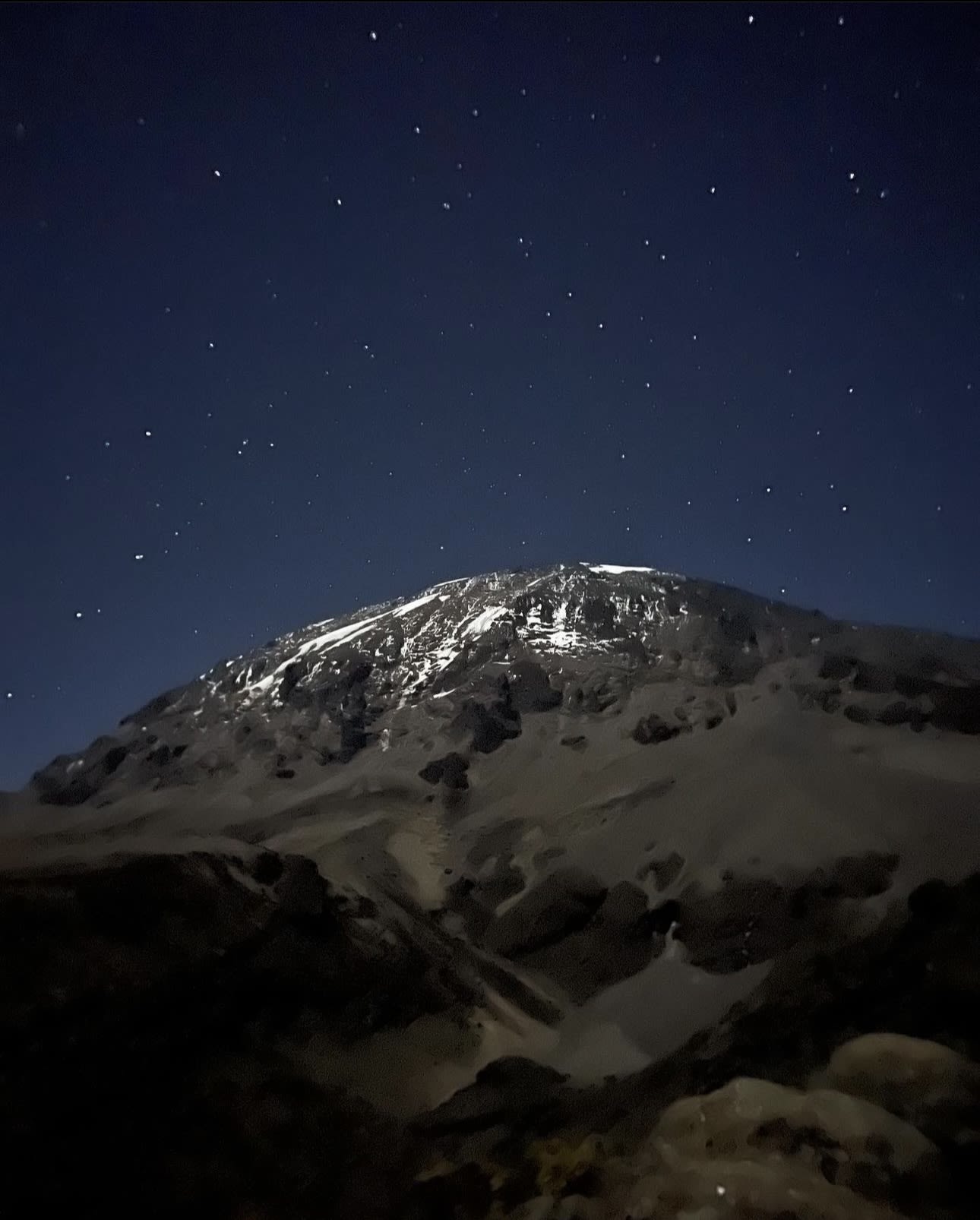


Days 8-9
The final climb would be 4,100 feet.
“You are supposed to take the next couple hours before your wake up call at 12 a.m. to relax," Grace said. "But, how is that possible when 4,100-foot climb to the summit awaits? "
They reached the base early the day before so they could rest.
“After eating dinner, you go to bed at five or six, but obviously I couldn’t go to sleep that early so I just layed there," Grace said. "I maybe got a few hours of sleep, and then you wake up at 12 a.m.”
Everyone is up.
“Nightlights and headlamps go on, you bundle up," she said. "It's freezing cold, adrenaline kicks in, and I thought to myself, 'Let's finish this.' ”
Summit day is a fourteen hour journey — 4,100 feet in the middle of the night to the top.
“It is a six hour uphill trek. It is hellish.
“It felt like hell on Earth. It is so cold you get frostbite.
“It is pitch black outside but all you can see is a trail of lights from people that are all going up,” Grace said.
Only one of three people who attempt to reach the summit make it, according to Climbing Mount Kilimanjoro.com.
Some people cannot adjust to the thin air and suffer from altitude sickness.
As Grace was going up the mountain, she said that helicopters came to take altitude-sick people down.
“My brother was going unconscious, falling asleep as we were walking," she said.
Summiting
“It comes around 6 or 6:30 a.m., and you can feel the uphill climb becoming easier,” Grace said. “Finally you get the feeling of, I did it. You reach the top, you see the sign, you hear the infectious joy that is overcoming this mountain.”
Climbers spend six minutes at the top of the mountain.
“I stood up there for six minutes and that was the best six minutes of my whole life.
“People are crying, you are hugging random strangers, and I could tell that was the happiest moment of my Dad’s life. He smiled, cheered us on, tears were in his eyes. It was the best moment for us three.
“It was at that moment I realized that doing this was a privilege, as challenging as it was, I had this feeling of fullness. I was grateful, not everyone can do what I just did,” she said.
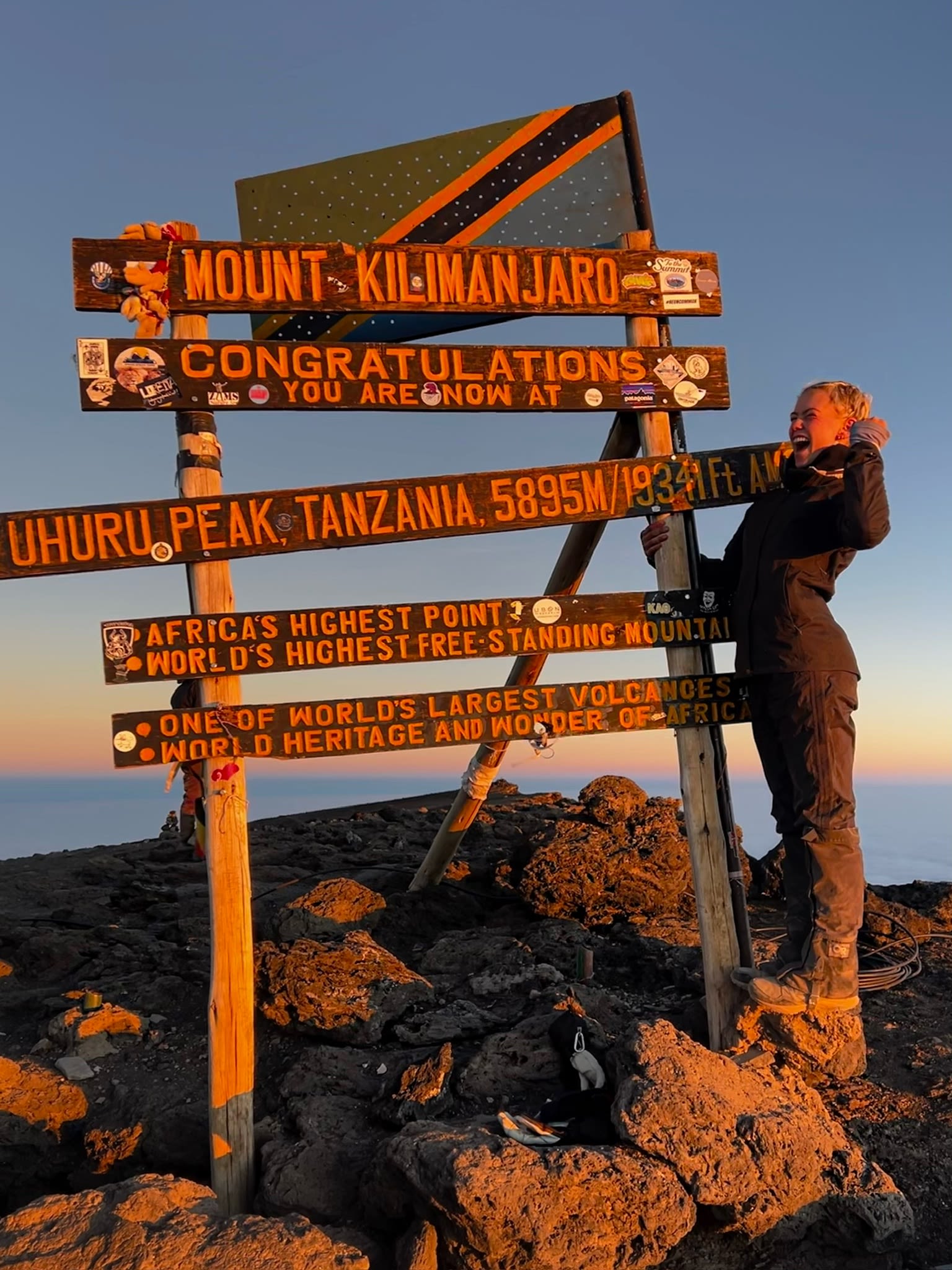


A New Perspective
Mount Kilimanjaro became more than a metaphor for Grace. It changed her mindset.
“Doing this let me know that I can," she said. "I want to do more hard things, I want to get uncomfortable, because it has made so many things easier. “I now truly believe that you can do anything you put your mind to, seriously anything in this whole world.”
